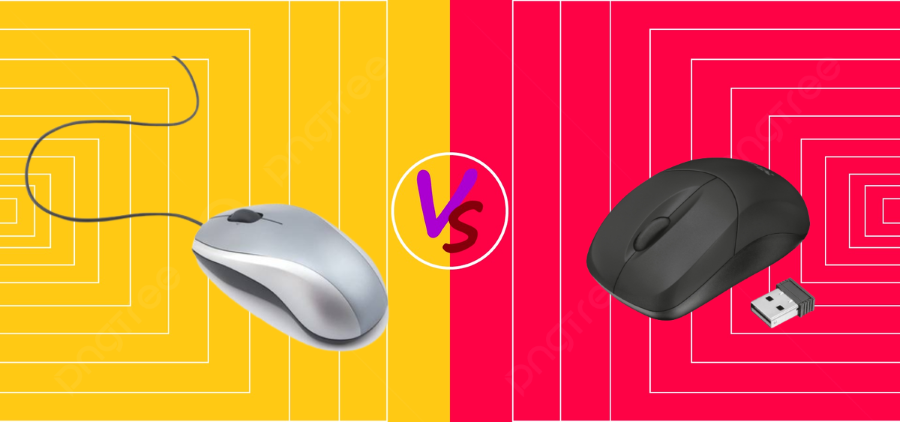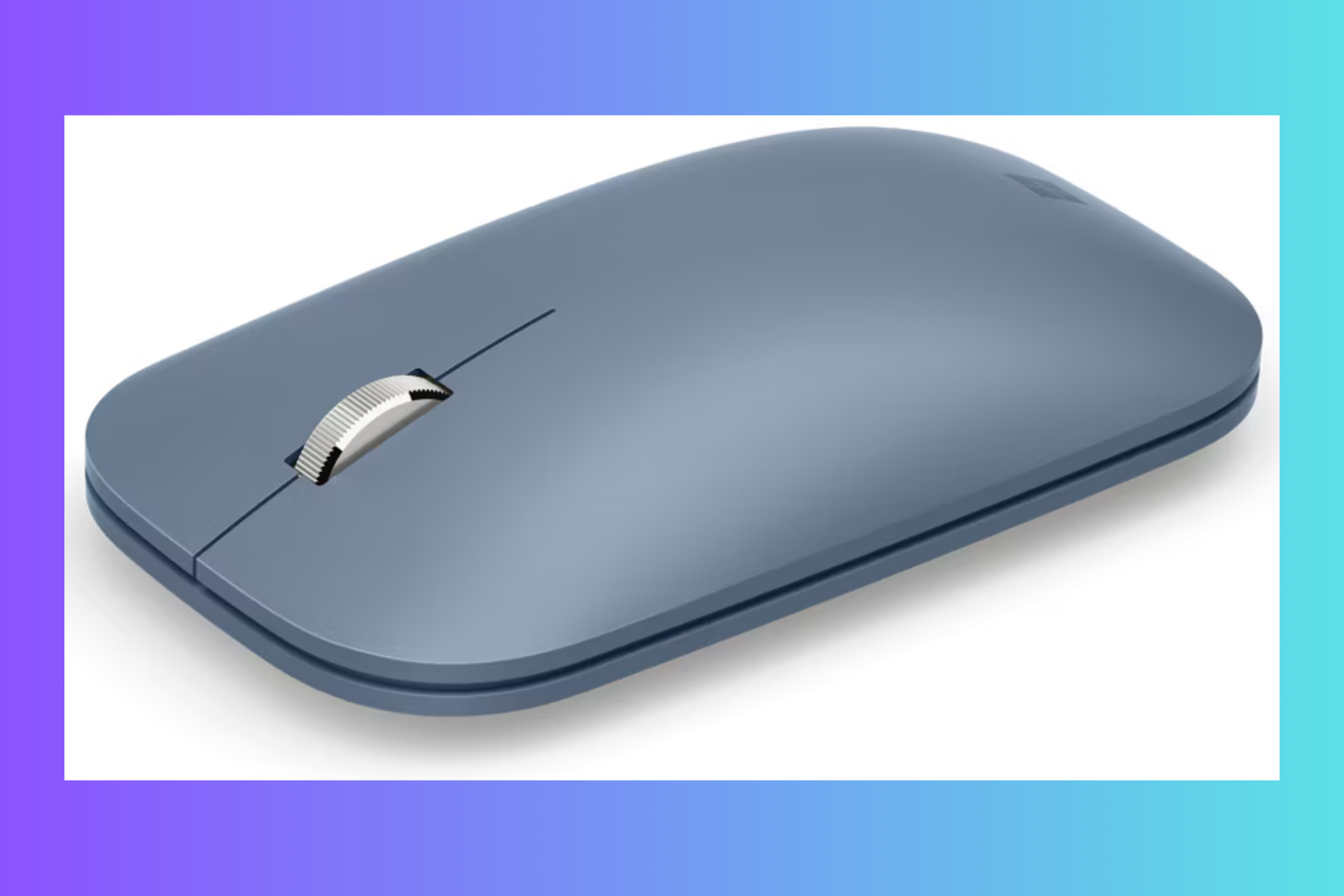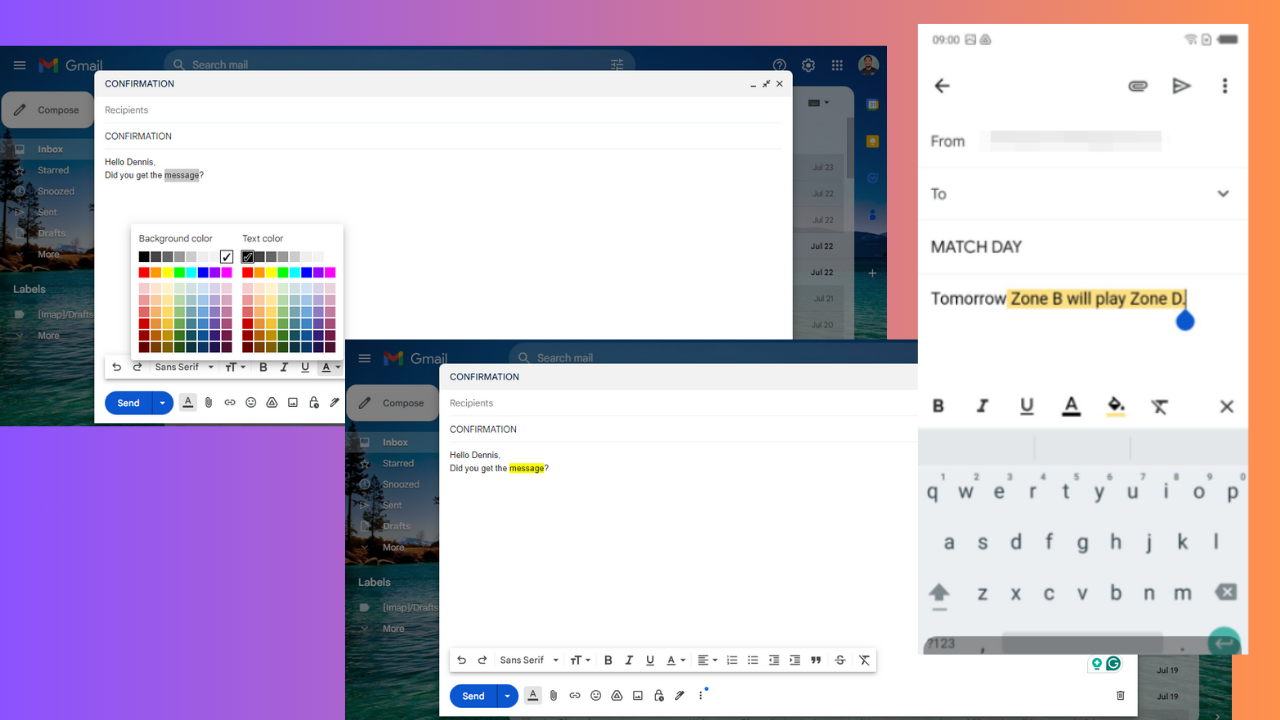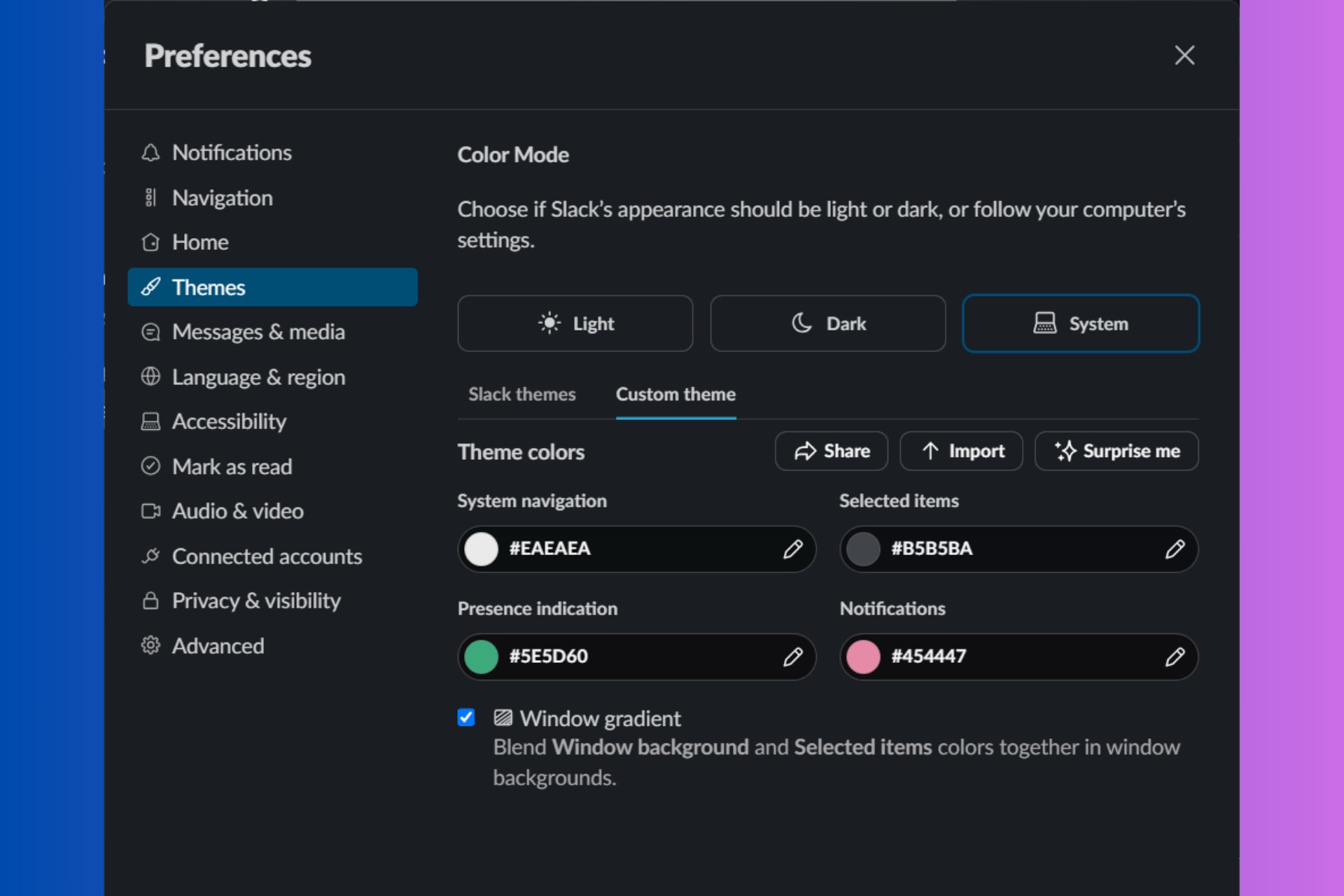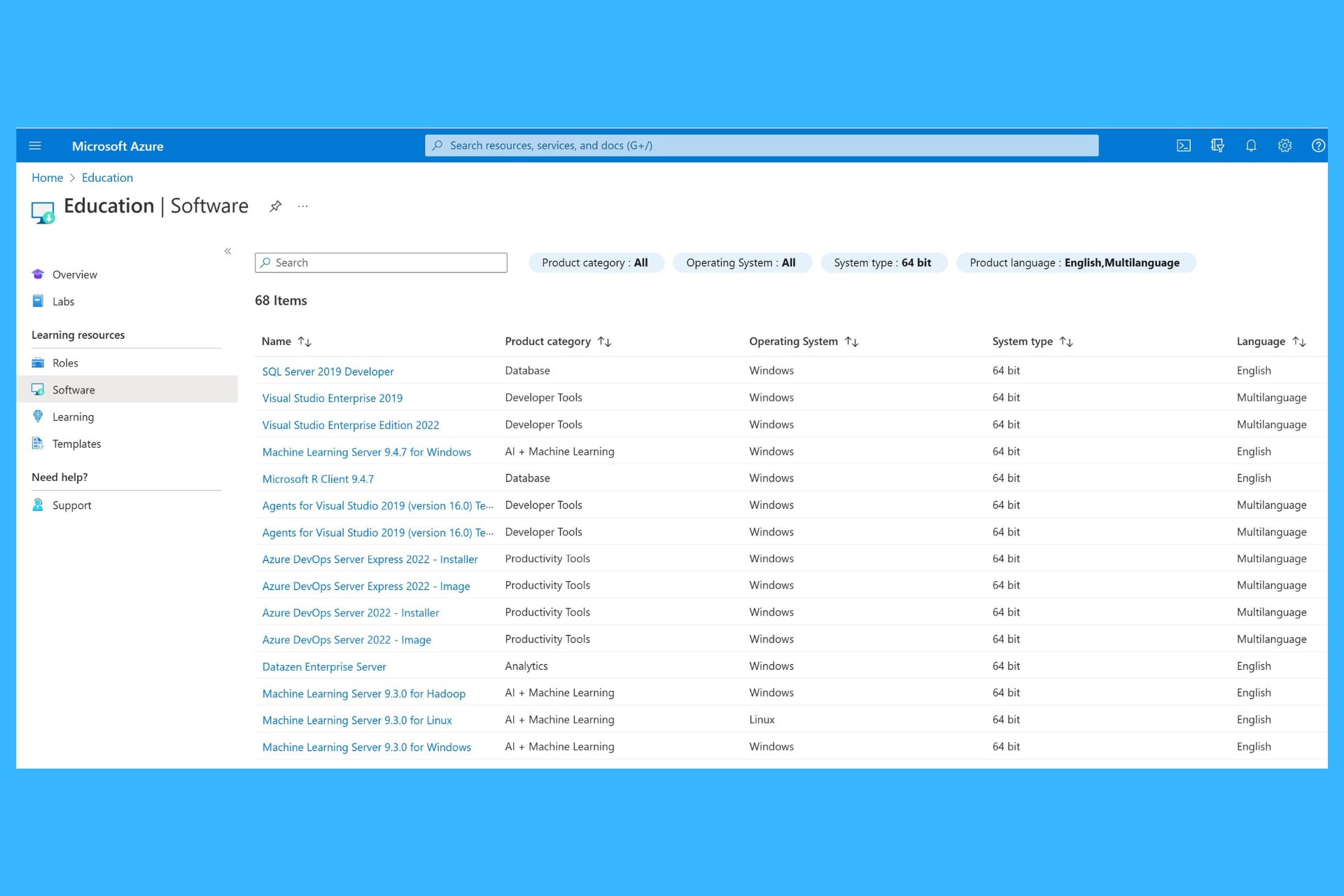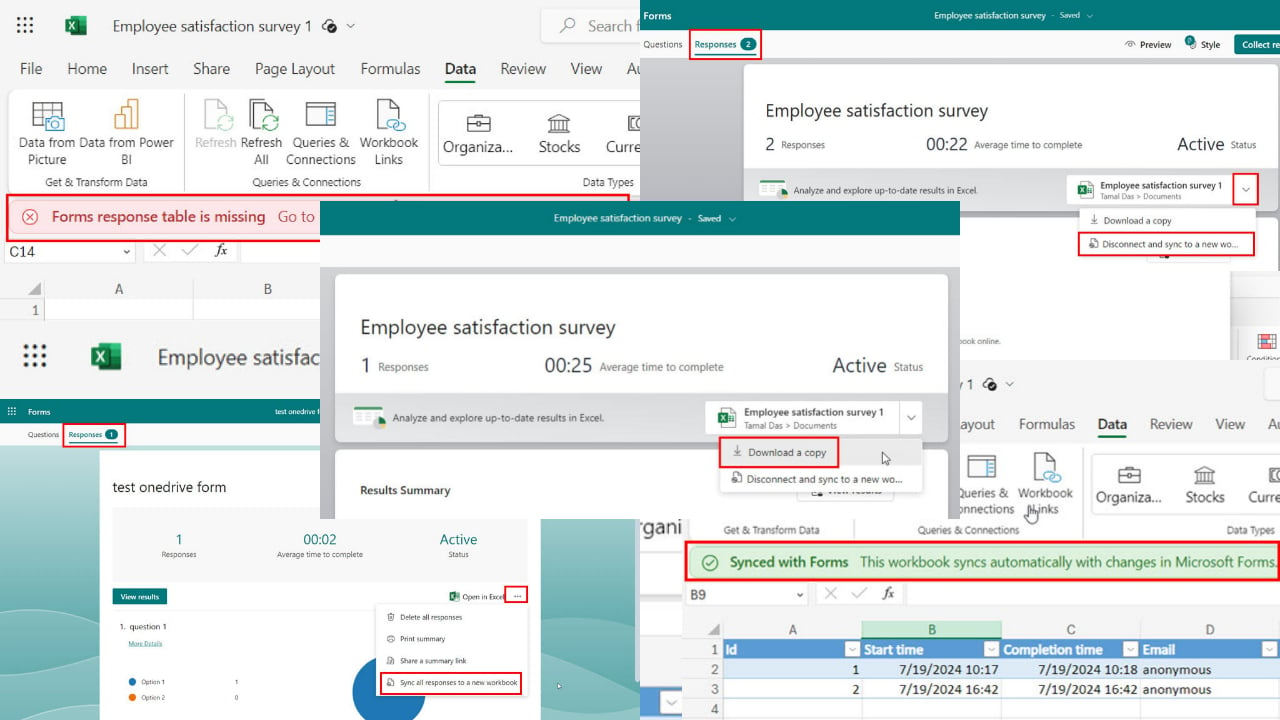How Does an Optical Mouse Work? [vs Wireless]
Understand the basics of how an optical mouse works
5 min. read
Updated on
Read our disclosure page to find out how can you help Windows Report sustain the editorial team Read more
Key notes
- An optical mouse uses LED to emit light and move the cursor on your screen.
- It has some advantages over a traditional trackball mouse.
- You can use the optical mouse over any flat surface, provided that it isn't glass material.

To give input commands to your PC, you need input devices such as a keyboard and mouse. While previously there was only a wired optical mouse, now there are wireless mice as well. Have you ever wondered how does an optical mouse work? Or did this thought ever cross your mind?
If yes, then you are in the right place. In this guide, we will share with you a complete explanation of how an optical mouse work and what the features associated with it are over a wireless mouse. So let us get right into it.
What is an optical mouse?
An optical mouse is an input device that allows you to interact with the contents on your PC. It uses a LED (light emitting diode), an optical sensor, and a DSP (digital signal processor).
An optical uses its sensors to convert the movements on a surface to the direction of a cursor on the computer screen.
The optical mouse shines the light on the surface, and the optical sensor then picks up the reflected light. Thousands of images are taken every second by the optical sensor and sent to the DSP for analysis.
The digital signal processor then understands the images determining whether the mouse has moved. This includes information on whether the mouse moved left or right, up or down, and the speed at which it was moved.
This information is then sent to the computer using the cable or the wireless receiver, which then moves the cursor accordingly.
Advantages of an optical mouse
Here are some of the advantages of using an optical mouse:
- No moving parts. So makes it more durable.
- Does not require frequent cleaning. This makes it easier to use.
- Dirt doesn’t go inside the parts, preventing it from damaging the sensors.
- They do not need a unique surface, such as a mouse pad, to work. You can use them on wood or any plain surface. It shouldn’t be glass, though.
- They are more precise than mice with a trackball. Trackball mice can get stuck onto the surface if there is dirt or anything. However, that isn’t the case with the optical mouse.
- They are ergonomically better as compared to trackball mice.
Disadvantages of an optical mouse
- They are mechanical devices. So, they should be kept away from dust and water.
- Although optical mouse work on a wide variety of surfaces, they need to be flat for smooth functioning without disturbance.
- If you use a wireless optical mouse, you need to change the batteries frequently.
- Wireless optical mice are known to have connectivity issues.
Is an optical mouse better than a wireless mouse?
Well, let us get one thing very clear. Optical mice aren’t only available as a wired mouse. The optical mouse also ships as a wireless mouse.
The technology remains the same, but in wired mice. Although, at the same time, the transfer of information happens through a cable, in wireless optical mice, the transmission occurs via Bluetooth or a wireless receiver.
Here are a few things that will clarify whether the optical mouse is better than a wireless mouse or not.
- A wireless mouse allows you to operate it from a distance. While if you have a wired optical mouse, you are restricted to using the mouse till the length of the wire.
- A wireless mouse can cost you much more than an optical mouse. However, we have a list of mice you can buy for yourself in 2023.
- Wired optical mice are known to offer better accuracy than a wireless mice. However, wireless mice have also evolved and provided better accuracy these days. But if you are a graphics designer or involved in work that requires precision, we suggest you opt for the optical mouse.
- If you lose the wireless receiver of your wireless mouse, you won’t be able to use it unless there is a Bluetooth connectivity option. With the wired optical mouse, all you have to take care of is the wires. Until and unless the cables aren’t worn out, the wired optical mouse will work without any issues.
- The wireless mouse requires batteries to run. So, you have to incur extra charges to use a wireless mouse.
The above comparison is between a wired optical mouse and a wireless mouse. There are other differences when you compare a laser mouse with an optical mouse.
We hope the above points helped you better understand the difference between an optical and wireless mouse.
If you are getting erratic mouse movements in Windows 10, then we have a guide explaining how to fix it without any issues.
Our guide explains how you can connect your wireless mouse without a wireless receiver. If the cursor disappeared in Windows 11, then you can check out the solutions in our guide to fixing the issue.
Several users have reported coming across a mouse flickering issue in Windows 11. This can be easily fixed by following the solutions mentioned in our guide.
Feel free to let us know in the comments below if you could understand how an optical mouse works.

